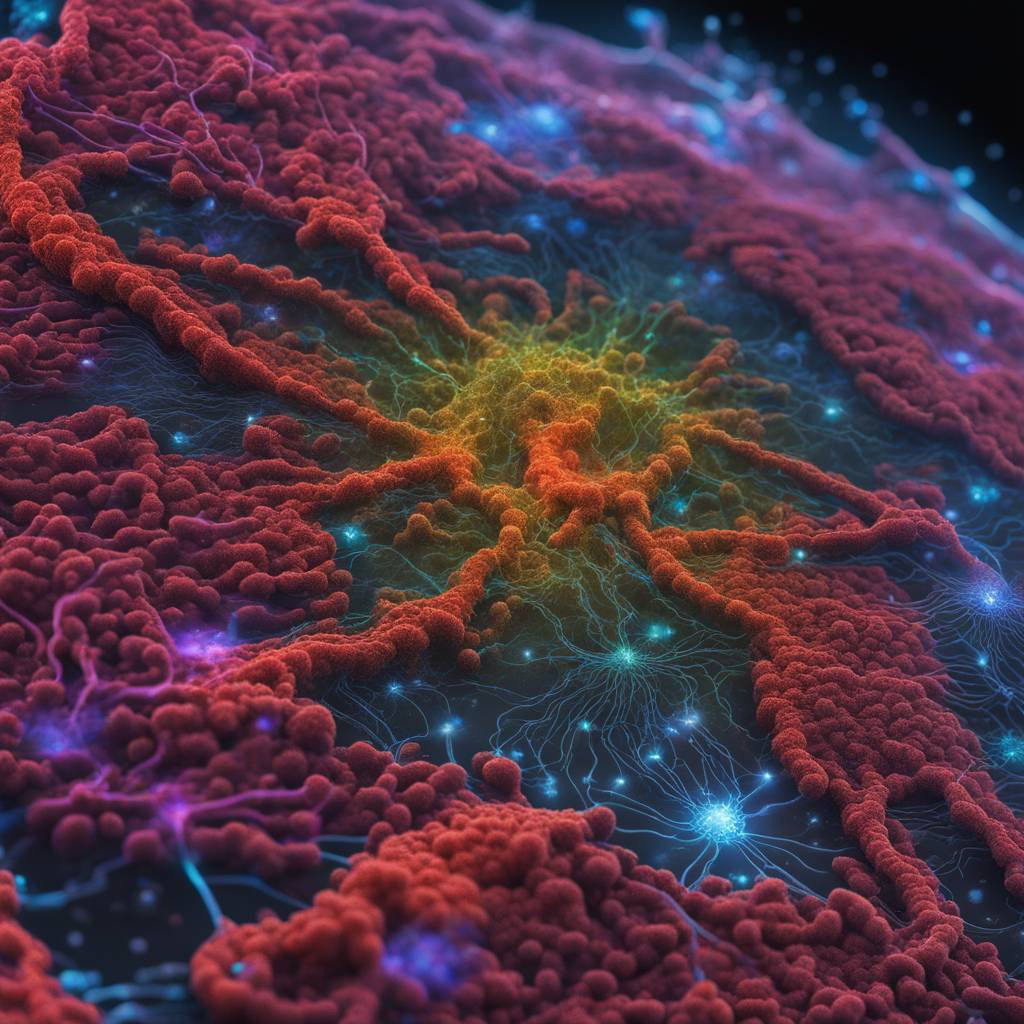Generative artificial intelligence (AI) has made significant strides beyond text and image applications, with researchers from CASUS, Imperial College London, and University College London developing a new algorithm called Conditional Variational Diffusion Model (CVDM). This model uses generative AI to reconstruct images from randomness, offering improved quality images at a lower computational cost compared to established diffusion models. The CVDM can be easily adapted for various applications in different scientific fields, showcasing the versatility and potential of generative AI in advancing research.
Inverse problems, such as recovering causal factors from observations, are becoming more accessible with the advent of big data and advanced mathematical and data science methods. Microscopic image analysis is a common example of an inverse problem, where researchers aim to extract more information from observations using computational techniques. However, solving these inverse problems is challenging due to noisy, incomplete, or uncertain observational data, presenting exciting mathematical challenges for researchers working in fields like biology, medicine, and environmental sciences.
Generative AI models like diffusion models have shown promise in addressing inverse problems by learning the underlying distribution of data and generating new consistent images. While diffusion models have been known for their computational expense, recent developments like the CVDM have helped minimize unproductive runs during training, making diffusion models more efficient and eco-friendly. By incorporating the schedule controlling the diffusion process into the training phase, the CVDM can autonomously optimize its training and achieve better results compared to models with predefined schedules.
Researchers demonstrated the applicability of the CVDM in a scientific problem known as super-resolution microscopy, where higher-resolution images are reconstructed from limited-resolution observations to overcome the diffraction limit. The CVDM yielded comparable or superior results to existing methods, showcasing its effectiveness in addressing complex imaging challenges. With its unique properties, such as high flexibility, speed, and the ability to provide direct hints for uncertain reconstructions, the CVDM offers a promising approach for improving the meaningfulness of microscopic images and addressing uncertainties in new experiments and simulations.
Overall, the power of generative AI models like the CVDM lies in their ability to tackle inverse problems in various scientific fields by learning data distributions and generating new consistent images. By improving the efficiency and effectiveness of diffusion models through clever training techniques, researchers are able to overcome computational limitations and achieve superior results in tasks like image reconstruction and super-resolution microscopy. The potential impact of generative AI in advancing research and addressing complex scientific challenges is evident in the development and application of innovative algorithms like the CVDM.













